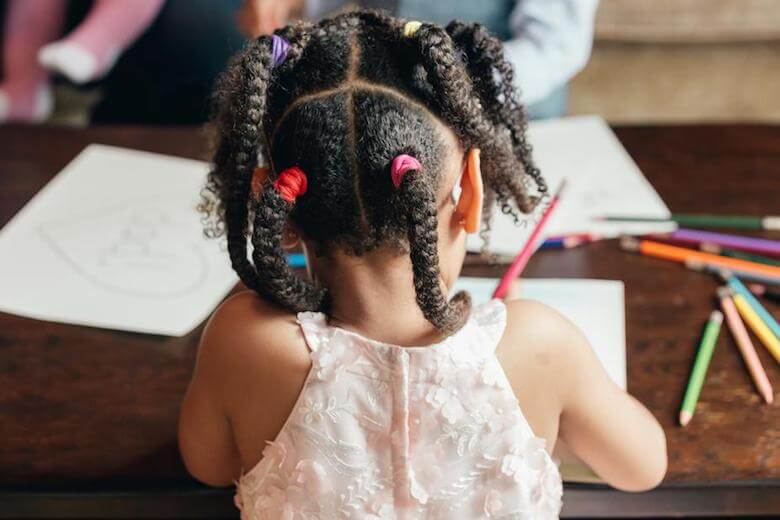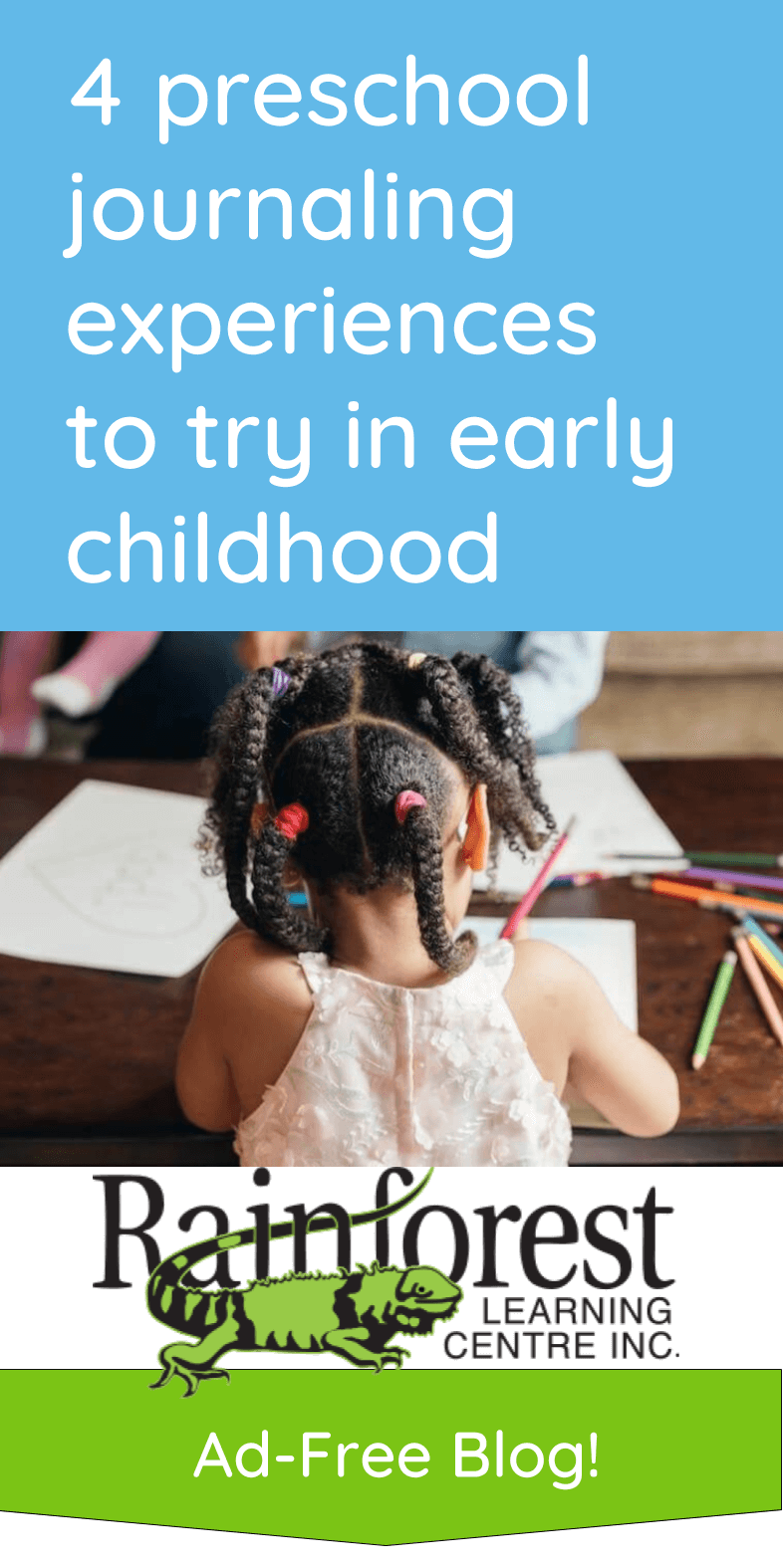
Journaling has become an increasingly popular activity for kids. It is fairly common to walk into an elementary school classroom and find a stack of student journals. However, your early learner doesn’t have to wait until they are reading and writing at primary school to start their journaling experience. They can do this right at home, regardless of their literacy skills.
Journaling has plenty of benefits for young learners, including building storytelling skills, documenting memories, and engaging kids in creativity, or even self-reflection. Try out the following four preschool journaling ideas to get your little started.
1. Engage your little one’s senses with a nature journal
A fun way to introduce your child to journaling in their early years is for them to document their interactions with nature. This can even begin with teaching your child about one of their senses. For example, listening and focusing on that sense when you go to a park, or on a walk.
After that, they could either find an artifact or draw a picture that shows what they heard. This could potentially be something like a leaf glued into their journal or the drawing of a bird chirping. An activity like this can not only connect your child to nature in early childhood, but also build their observational, documenting and recollection skills.
2. Introduce your preschooler to photography with a photo journal
A photo journal can be a great way to begin building a preschooler’s technological skills, by documenting their experiences. It can also be an intriguing form of expression and communication. Of course, you will have to facilitate your little one’s use of technology, particularly if they want to print photos out and physically glue them in a journal.
One great way to implement a photo journal is to have your preschooler take pictures of fun things they do throughout the week, then document their experiences. If you are unsure of where to start with this, Red Ted Art has some great ideas for getting young kids started with photography. You can also always peruse Pinterest for creative inspiration to pass on to your children.
3. Encourage emotional awareness in your early learner with a feelings journal
A feelings journal can also be a beneficial tool for providing young children with a channel for releasing their emotions. However, since most preschoolers are not yet equipped with the skills to pour out their feelings in writing, drawing can be just as worthwhile.
Try having your early learner draw what they’re feeling. If you would like to help them identify their emotions, you could present them with some pictures of emotions to choose from, and create a drawing related to the picture they chose. You can also help them label these drawings in order to aid their ability to communicate their emotions with words.
4. Try a daily drawing journal to help preschoolers think outside the box
Again, drawing can be an excellent tool for communication when your young child has not yet developed writing skills. By providing your preschooler with different drawing prompts every day, you can encourage their creativity by trying to express something new.
Not sure where to start? There are plenty of unique drawing prompts for preschoolers that can be found through a simple Google or Pinterest search. You can gather a range of ideas to get your little one’s creative juices flowing!
Have fun engaging young kids with creative journaling experiences
With all these unique approaches to journaling, there is plenty of room to tailor your young child’s journaling experience to match their interests and skills. You could also create an art project out of the initial set up of your preschooler’s journal; they can decorate the cover and use unique binding techniques to personalize it. It can then be a keepsake they can look back on!
Then, once your little one has a place to record their drawings, photos, and artifacts, they can begin their journaling journey! Try experimenting with these 4 different journaling activities to see which one your child likes best, or just keep rotating through them. Most importantly, have fun engaging your preschooler’s creativity!
See related on our blog:
- 4 Benefits of kids telling their own stories
- 3 ways to build self-awareness in early childhood
- Why is literacy crucial in the early years? How can parents and preschools help with reading skills?
- What is the best way to teach word recognition to early childhood readers?
- 5 Easy ways to teach the alphabet to preschoolers
- What is normal emotional intelligence in toddlers and preschoolers?
